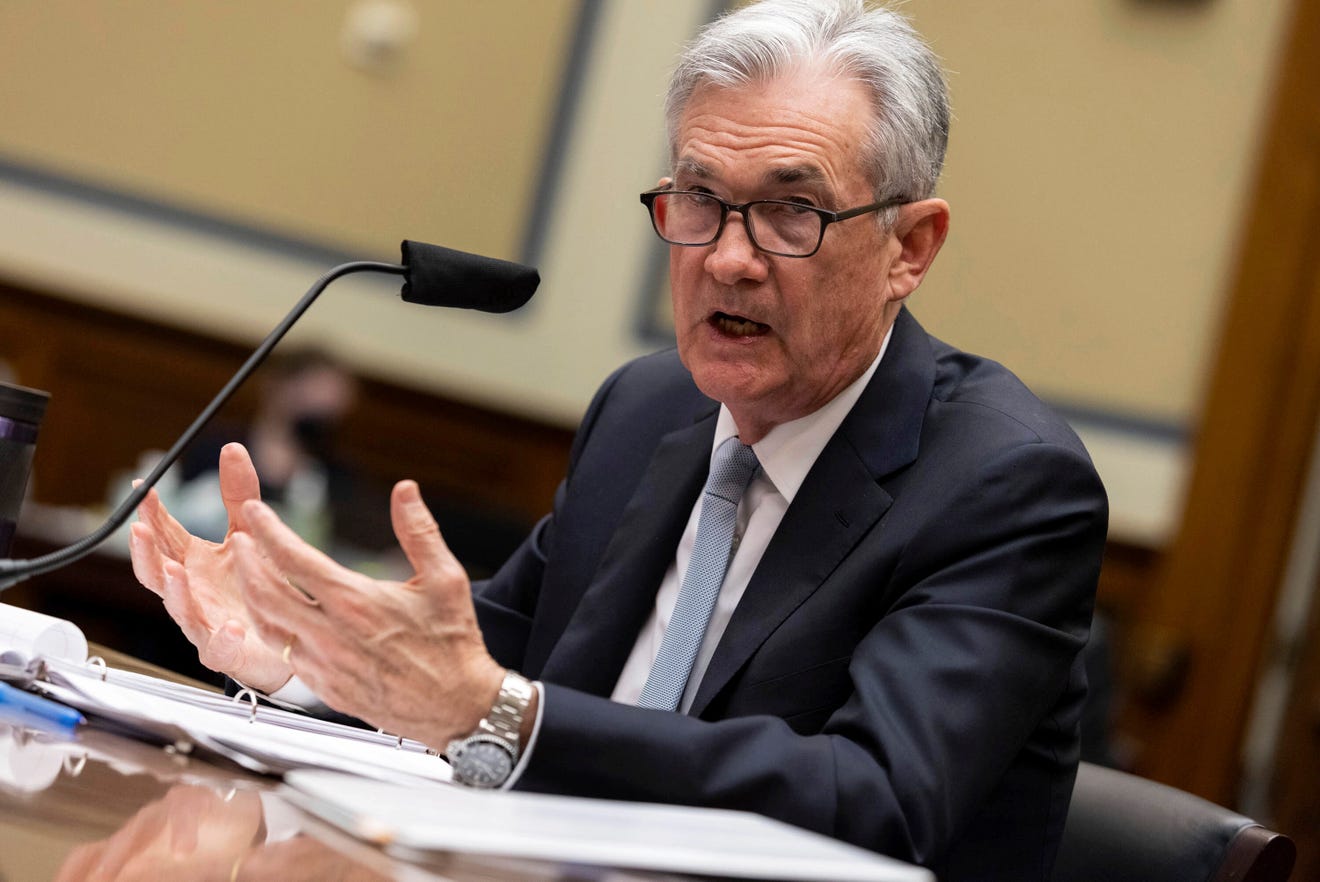On June 21st, Federal Reserve Chairman Jerome Powell testified that while the U.S. will experience some inflation post Covid-19, he does not anticipate prices to increase similar to our experience in the late 1970’s and early 1980’s.
Powell summed up his thoughts, “ We are digging out of a very deep hole. We have made a lot of progress, but we have a long way to go.” He expects a further reduction from our current unemployment rate of 5.8%.
Powell said while he has a “level of confidence” in his prediction that inflation will subside, “it’s very hard to say when the timing of that will be.” Atlanta Fed President Raphael Bostic and Fed Gov. Michelle Bowman said it may take longer than expected for inflation to fade.
The markets thus far in 2021 have performed well. The Standard and Poor 500 Index has increased approximately 13% year-to-date, the yield on junk bonds has declined, and stock volatility has dropped.
The Fed is committed to assuring full employment and keeping inflation near 2%. Our central bank’s current policies are to: (1) Keep short-term interest rates near zero and (2) continue buying $120 billion of bonds monthly.
Powell said, “If you look behind the headline and look at the categories where these prices are really going up, you will see that it tends to be areas that are directly affected by the reopening. That’s something that we’ll go through over a period. It will then be over. And it should not leave much of a mark on the ongoing inflation process.”
The Fed believes that current bottlenecks in production will subside. Their optimism might be misplaced. The Wall Street Journal reported that “pay for factory jobs has grown so slowly that manufacturers are having trouble competing with fast-food restaurants.” For years, factory jobs paid significantly more than those in many fields, especially for less-educated workers. Jobs in restaurants and retail have, since the start of 2020, posted their highest-ever hourly wages relative to wages in manufacturing. According to the labor department, the wages for factory workers in April were 27% higher than retail workers, down from a 40% premium a decade ago.
The National Association of Retailers reported that the median price for existing-home sales topped $350,000 for the first time ever. This is nearly 24% higher than one year ago.
Earlier this month, Fed officials increased their median forecast for inflation for the fourth quarter of 2021 to 3.4%. The May consumer price index rose to 5%, the highest level since 2008.
Lawmakers expressed different concerns depending upon their respective parties. Representative Mark Green (R. Tenn.) said, “When Congress spends trillions of dollars and the Fed prints money, something’s got to give.” Democrats warned that the central bank should not be quick to react to the price pressures.
In response, Powell said the central bank “is strongly prepared to use its tools to keep us around 2% inflation.”
Why should we worry?
The United States Money Supply M2 increased 18% year over year in April 2021.
Nobel laureate Milton Friedman famously said, “Inflation is always and everywhere a monetary phenomenon in the sense that it is and can be produced only by a more rapid increase in the quantity of money than in output.”
Jeremy Stein, a Harvard University Professor, recognized that Powell does not have a clear road ahead. Stein said, “The Fed cannot support markets if there is an inflation surprise… Powell may need nimbleness in the months ahead.”
Powell is “our fiddler on the roof.” He needs to move our economy forward without pushing our inflation much above 2%. If he can balance these two goals, then he deserves our applause.
Originally published in the Sarasota Herald-Tribune




